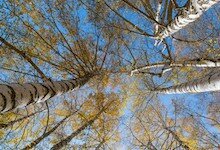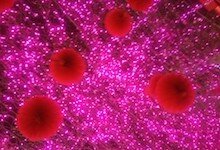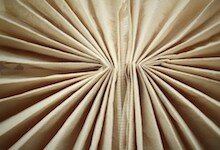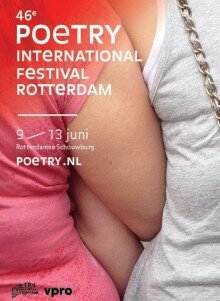Nederlands ►
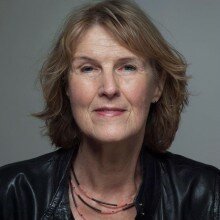
Een dunne duurzaamheid (A thin permanence) is the title of one of Hester Knibbe’s collections. The title says much about this poet’s poetry: poetry in which the attention for things permanent invariably combines with themes like vulnerability, fragility, transience. Permanence, says Knibbe, is only appearance, in a sense, because all those things that seem to have stood the test of time – classic art, Greek mythology, Chinese temples – have not always remained the same: ‘Change has always been / here’.
It is change, the motion of life, which Knibbe tries to come to grips with in her poetry. Not to understand it unequivocally, but to probe it, give it a form by which to get hold of it. Her subjects may be foreign, distant, or highly intimate, as in the incisive cycle ‘Antidood’ (Antideath), about a mother whose son falls seriously ill. A perilous subject for someone inclined to the pathetic, but not for Knibbe, who knows how to transform it into strong, unsentimental poetry. She keeps her distance, finds images that represent the actual events as well as her personal experience of them. Emotions are expressed in subtle, mostly indirect ways, as in a moving dream about a small child which, warmly wrapped up and firmly held, slowly freezes – ‘a film of ice / coated its eyes, its mouth. I cried out’.
Since 1982, Knibbe has published a dozen volumes of poetry. In 2001 she received the Anna Blaman Prize for her work. The jury report emphasized the development that is so apparent in this oeuvre: a development ‘from tentative, groping poems to an effective, surefooted poetry which stands as if it has always been here.’ In 2015, her collection Archaïsch de dieren (Archaic the animals) won the top Dutch-language poetry prize, the VSB Poetry Prize; she was also appointed as the Rotterdam City Poet Laureate.
Comparing the poems from her earliest collections, Tussen gebaren en woorden (Between gestures and words) and Meisje in badpak (Girl in a bathing suit) with those in the latest volume, we find much similarity, especially in form – frequent use of internal rhyme and enjambment, flowing rhythm – but a striking difference as well.
Bibliography
Poetry
Tussen gebaren en woorden (Rotterdamse Kunststichting, 1982)
Meisje in badpak (De Prom, 1992)
Een hemd van vlees (De Prom, 1994, VSB Poetry Prize nominee)
Een bittere navel (De Prom, 1997)
Een dunne duurzaamheid (De Prom 1999)
Mijn onverwisselbare kop (Prins Bernhard Cultuurfonds, 2001, published via the Anna Blaman Prize)
Verstoorde grond (De Prom, 2002)
De buigzaamheid van steen (De Arbeiderspers, 2005)
Bedrieglijke dagen (De Arbeiderspers, 2008)
Oogsteen (De Arbeiderspers, 2009, selected poems from 1982-2008)
Het hebben van schaduw (De Arbeiderspers, 2011)
Archaïsch de dieren (De Arbeiderspers, 2014, VSB Poetry Prize winner)
In English
Hungerpots, trans. Jacquelyn Pope, Eyewear Publishing, London, 2015
Links
Knibbe's poems in Poetry Magazine (translated into English by Jacquelyn Pope)
This text was written on the occasion of Hester Knibbe participating in the 2002 Poetry International Festival and has subsequently been updated.




